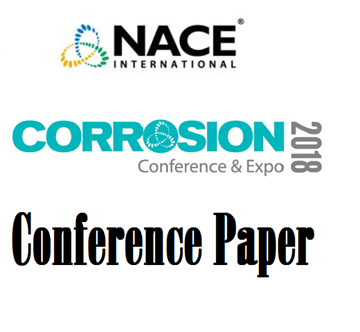Search
51314-3880-Localized Corrosion Initiation of Carbon Steel in a CO2 Environment
Also Purchased
51318-11623-The Effect of High Partial Pressure of CO2 on the Corrosion Mechanism of Carbon Steel in H2O-CO2 Systems
Product Number:
51318-11623-SG
Publication Date:
2018
$20.00
51314-3813-Depiction of Metallurgical Parameters as Governing CO2 corrosion
Product Number:
51314-3813-SG
ISBN:
3813 2014 CP
Publication Date:
2014
$0.00
51314-3878-Comparison of Anaerobic Biocorrosion Mechanisms for Different Systems
Product Number:
51314-3878-SG
ISBN:
3878 2014 CP
Publication Date:
2014
$0.00




